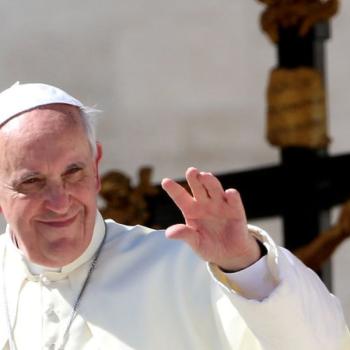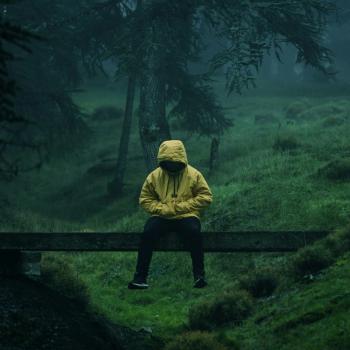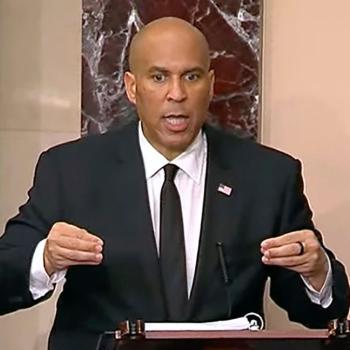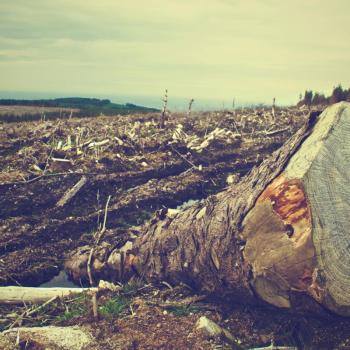When I was a pastor, on Christ the King Sunday I would invite the children to sit with me on the carpeted chancel steps. I showed them typical images of kings. I asked them what makes a king a king. They pointed out what they saw in the pictures: crowns, thrones, scepters, soldiers, ornate castles, and loyal subjects. I asked them whether kings are found in high places or low places. They would most likely say “high places.”
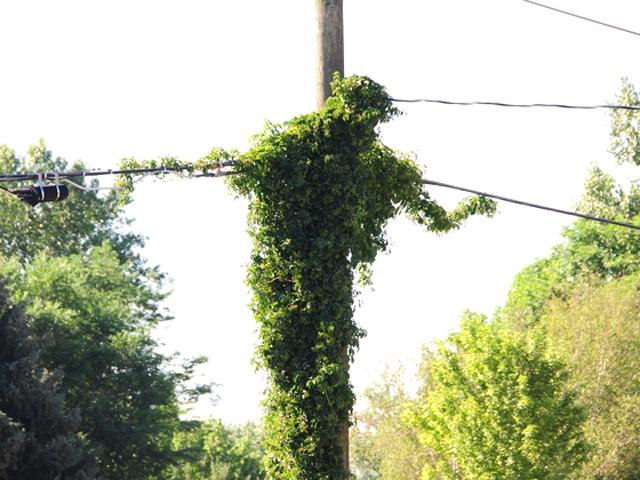
Then I asked them what makes Jesus a king.
They would usually hesitate at first. Because this is not an easy question to answer. Usually one of them would pipe up with what all kids learn are the two best answers a kid can give in a children’s sermon:
“God.” And “love.”
Not bad answers. And I would show them pictures with sharp contrasts with the first set of images. A crown of thorns. Jesus washing feet. Jesus riding on a donkey. Healing a child. Dying on a cross.
A different kind of king.
My hope is that they would come to understand that when we speak about “Christ the King,” we are talking about something very different than what the world understands about power, leadership, authority and strength. We are talking about the Servant King who turned away from all the trappings and temptations of temporal, mortal power. Instead he chose the qualities of human relationship that engender trust, sacredness, and precious regard for “the least of these.”
I would end this children’s sermon by asking them whether Jesus the king is found in high places or low places. Some would say “high.” Some would say “low.” Their answers spoke to the transcendence/immanence tension Christians have struggled with for two millennia. And so I would say “Yes! Both!”
But if I had more time with these children . . .
I would take them outside and walk them around the church and ask them to point out all the living things they see. When they point to the birds and flowers, I would remind them Jesus counted them as Sunday School teachers. They teach us important lessons about what it means to be satisfied with just enough. When the children point to the trees, I would remind them that Jesus had many moments of prayer with God among the trees, who were like his prayer partners.
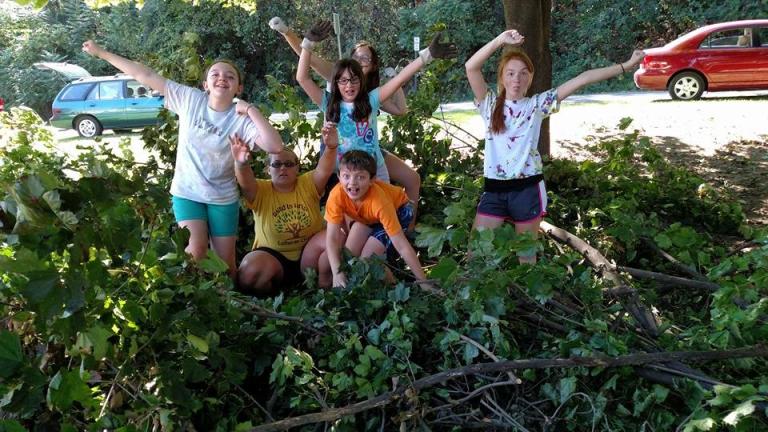
I would ask them if the sky is a living thing, and would probably receive mixed answers. But then I would remind them that God’s very breath moved over the face of the earth and into our bodies. That every living thing depends on clean air. And that Jesus compared the Holy Spirit to the wind. So, yes, the sky is a living thing!
If one of the children would precociously point to the dirt and say that there are all kinds of invisible things in the soil that make it alive, I would affirm this heartily.
I would remind them of the words Jesus spoke in Matthew 12:40: “ . . . for three days and three nights the Son of Man will be in the heart of the earth,” (NRSV). The Greek phrase here is en kardia ge, literally “in the heart of the earth.” And “heart” in this passage does not just mean in the center of the earth. Jesus is saying that he is going to that place within Earth that is the seat of physical life, just like a human heart. This is extremely important for our concept of the created world. Jesus appears to be acknowledging that Earth is a living entity, for one thing. And that perhaps Earth has a center of spiritual, intellectual and physical life.
On this Christ the King Sunday, I would want to tell the children (and all the grown-ups within earshot) that Jesus is saying that he will not rule over earth, but allow himself to be taken in by it.
His crucifixion and resurrection, therefore, is not just for the salvation of human beings, but for the very Earth itself. This is the Cosmic Christ who locates himself not just in the heights of the heavens, but in the depths of the soil that birthed him, took him in after his death, and rebirthed him on Easter morning.
I would remind them that Jesus is the Servant King. And Christians model their servant leadership on who Jesus is, what he did, and what his kingship means for all Creation. Finally, I would ask them: how can we be servant leaders for Creation? How can our church care for Creation the way Jesus would want us to?
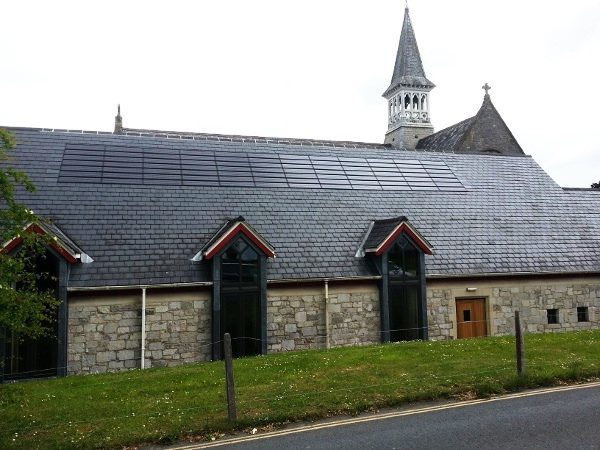
My hope is that they would point to what their church is already doing, or could do. Recycling, turning off lights, planting butterfly gardens, installing solar roofs, cleaning up local waterways, being activists addressing climate change.
On this Christ the King Sunday, may their answers indicate the truth of Isaiah 11:6: “And a little child shall lead them.”
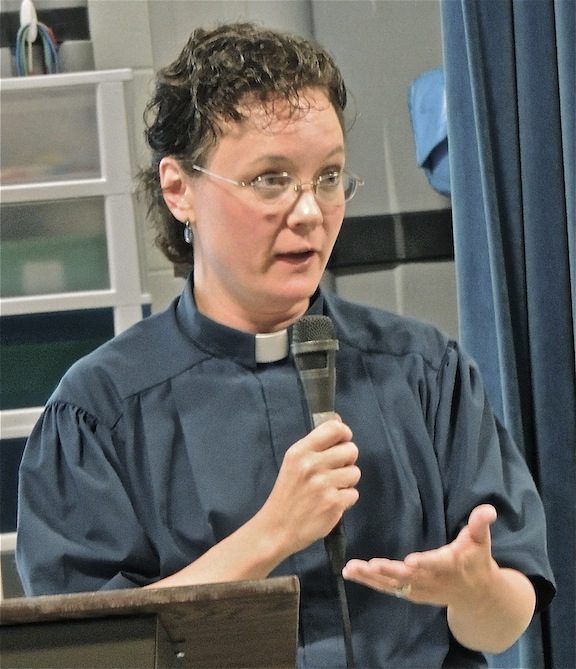
Leah D. Schade is the Assistant Professor of Preaching and Worship at Lexington Theological Seminary (Kentucky) and author of the book Creation-Crisis Preaching: Ecology, Theology, and the Pulpit (Chalice Press, 2015).
Twitter: @LeahSchade
Facebook: https://www.facebook.com/LeahDSchade/
For more ways to help children connect with God’s Creation:
Six Children’s Sermon Ideas for Earth Day
Welcoming Children into God’s Creation: 4 Things You Can Do Now




